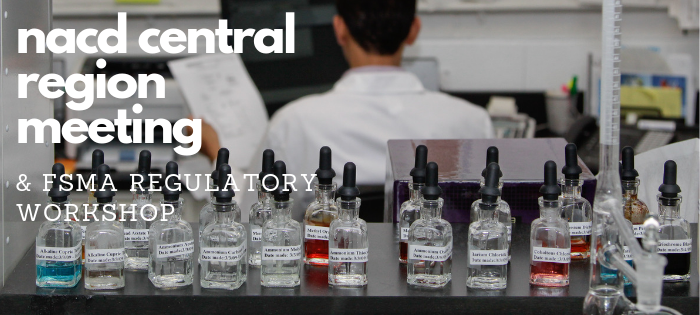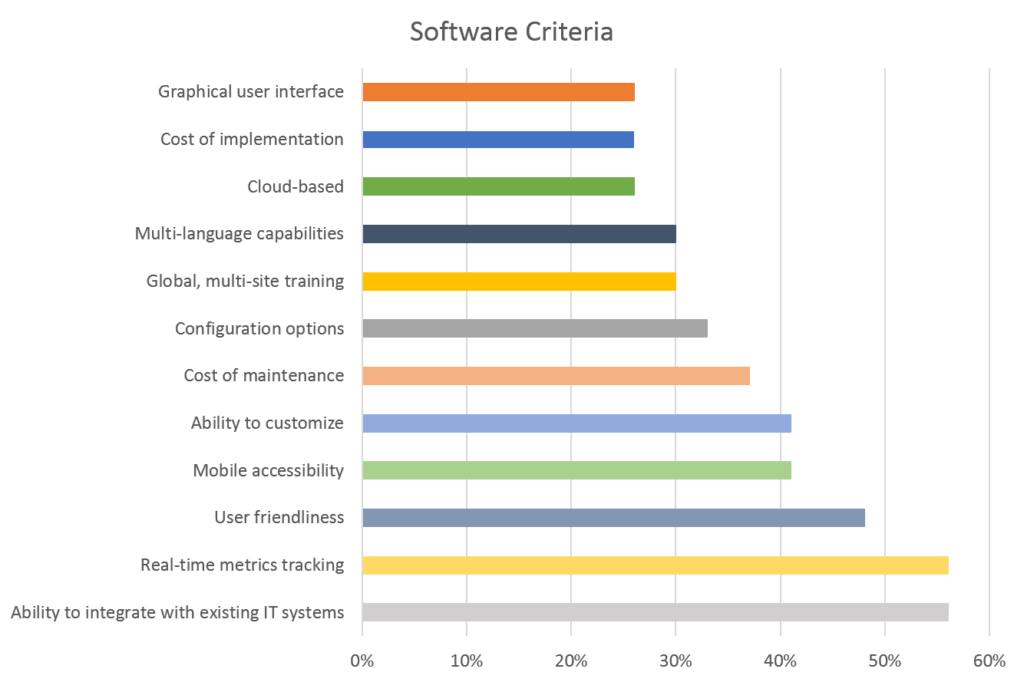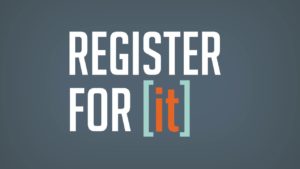It’s not uncommon to think more is better when it comes to software. It’s also not uncommon for companies to gravitate toward specialty software, whether related to certification support, QEHS compliance, cGMP, food safety, incident management, audits, permit tracking, or any number of other areas.
However, as robust as companies want their information management system to be, a simple and adaptable solution is often a better approach. As the NAEM survey we summarized in our first article in this series stated, some EHS&S software experts are migrating clients away from commercial systems to basic tools such as Microsoft Office 365 and SharePoint, which can be easier to understand, easier to use and navigate, and easier to adapt to ongoing business needs.
Flexibility in the Familiar
Many companies look at software as a silver bullet—a fix for everything. But applying technology to operations isn’t about just finding and buying a software tool. It is about:
- Understanding the business need;
- Customizing and integrating the appropriate tool into existing operations; and
- Deploying it so it is effectively applied.
Information management systems and compliance efficiency tools built on an Office 365 platform offer an adaptable/scalable solution that can meet business and overall compliance needs, while offering the familiarity that encourages employee buy-in.
Robust Functionality
But really, what can Office 365 and SharePoint do? Perhaps surprisingly to many, Office 365 is highly adaptable and, with the right resources, can offer the solutions a company needs to address a plethora of operational and compliance requirements, including the following:
Compliance Management Many companies—especially those that are not large enough for a dedicated team of full-time staff—struggle with how to effectively resource their regulatory compliance needs. Kestrel’s experience over many years suggests that reliable and effective regulatory compliance is commonly an outcome of consistent and reliable information management system implementation. Office 365 can allow you to more efficiently manage compliance tasks, corrective and preventive actions (CAPAs), and other project activities to ensure you are meeting your compliance requirements. Compliance management components may include:
- Compliance tracking/calendar
- Audit assessment & inspection
- Mobile forms & checklists
- Audit tracking
- Permit management/tracking
Training/Learning Management Having a system that records employee training is critical to compliance, especially to ensure policies, procedures, and work instructions are followed. Office 365 allows for the centralized implementation, management, tracking, scheduling, assignment, and analysis of organizational training efforts. From simply logging and tracking training to creating training plans and generating quizzes, training management ensures that the workforce is knowledgeable and appropriately trained.
Complaint & Issues Management From a quality perspective, it is important to effectively track and manage customer complaints/issues and corresponding follow-up actions, including any resulting nonconformances. Doing so electronically can help you identify and respond to complaints more quickly. With an aligned system, you can also connect nonconformance reports (NCRs) to other systems for CAPA management.
Incident Management Most organizations plan for and continually strive to prevent incidents. Effective incident management provides the opportunity to learn about and improve overall performance. Web-based tools can be particularly helpful in documenting, tracking, and reporting on all incidents and near-misses, including injuries, illnesses, spills, releases, and recalls. What’s better is that this can happen in real-time (thanks to mobile functionality) to ensure compliance with reporting requirements and internal incident management processes.
Document Management Document management is a key tool that will help companies in their efforts to go paperless. However, document management is not only for managing files. A quality document management system can also establish document structure, streamline content creation, create version control, and organize your workflows. Office 365 document management systems are scalable to the organization and designed to store, secure, and ultimately help you make sense of the documents your business uses.
Achieving the Big Picture
By having so many features and applications on a single platform, it is easy to tie them all together into an aligned system and to create multiple functions/uses for the data being collected from so many sources. With an aligned system, achieving the big-picture, desired state (rather than the short-term fix) becomes entirely possible.
This approach offers the following benefits:
- Scalability. Office 365 is scalable to ensure it meets organizational/ business needs, as well as regulatory requirements. Your system can contain the parts and pieces your company needs to operate efficiently and in compliance with regulations, standards, and customer requirements.
- Alignment. The system can be expanded to integrate, connect, and support multiple standards (e.g., ISO, FSSC, SQF, IFS, Responsible Distribution) and/or regulatory requirements. Integration of multiple management systems into a single platform makes management more effective and efficient than when systems operate independently.
- Accessibility. The central, web-based system is accessible from any location. Mobile access and forms allow you to capture data via phones, tablets, or PCs—anytime, anywhere—even in remote locations, where a data connection has not yet been established, or in facilities that do not have consistent wireless connection. Data are automatically synchronized when a connection is made and stored in the Cloud to improve data access/availability, generate real-time analytics, and create workflow and process automation.
- Measurement. Data can be collected and compiled for review and analysis, as well as more sophisticated predictive analytics. Dashboards and reporting capabilities provide insights into system health, operational results, and business performance for senior management. A standardized approach for reporting further creates accountability and ongoing performance monitoring and measurement.
- Easy Adoption. Building off a common Microsoft platform allows for easier adoption due to its familiarity. It also limits the number of solutions, software, and systems needed by a company, as well as the extra fees associated with additional software, such as license, user, and change fees.












